Consumption Methods - The Basics
Many medical cannabis patients use multiple consumption methods in their “Medical Cannabis Programs," depending on their preferences and their circumstances.
For most medical cannabis patients it takes time and research, as well as trial and error, for them to figure out what consumption methods work best for their unique needs.
Remember that it is important to speak with your healthcare provider before starting or changing your medical cannabis therapy.
What are the Methods of Cannabis Consumption?
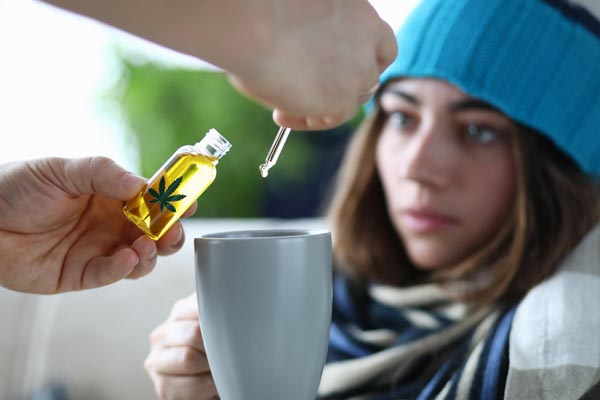
Today, there are various ways for patients to consume medical cannabis. The most popular ways are inhalation, via smoking or vaporizing, and ingestion, via edibles or capsules.
The other consumption methods, like transdermal and sublingual administration, are less popular, although they may prove to be more effective for helping to treat the symptoms of the ailment(s) that you are fighting.
Please do not discount any method of consumption until you are sure it is not for you.
The most effective methods of cannabis consumption will differ from patient to patient. This depends on factors like preference, lifestyle, and the specific ailment(s) that they are suffering from.
The goal for each individual medical cannabis patient is to figure out what consumption methods work best for their unique needs.
Currently there is a scarce amount of scientific research completed on cannabis consumption methods other than inhalation, therefore science has to “catch up” before we can find definite answers and prove the anecdotal evidence that has been reported by cannabis patients for decades.
All consumption methods considered, we highly recommend ingesting full-spectrum or multi-spectrum cannabis products. These products have wide cannabinoid profiles and have been reported by many medical cannabis patients to be more effective than products that have a narrow or a single-molecule cannabinoid profile, for example THC and/or CBD isolates. To learn more about this subject, we invite you to read our Kanteeva article “Whole Plant Extracts vs Single-molecule Compounds.”
We encourage you to ask questions and to make comments below the article so we can all learn, share and connect.
Inhalation - Smoking & Vaporizing
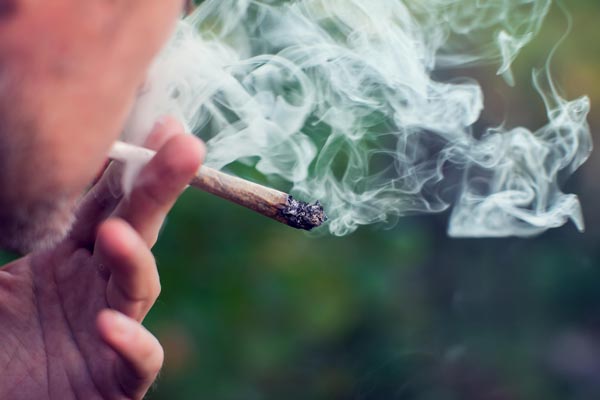
When we smoke or vaporize cannabis, our lungs absorb the cannabis compounds via our capillaries, which connect the lungs to our bloodstream via the pulmonary veins. This blood travels straight to the heart and ends up being the carrier that dispurses these cannabis compounds throughout the body, including the brain and the liver.
When THC crosses the blood-brain barrier, it binds to cannabinoid receptors in the brain which then create almost instant psychological effects.
The onset of these effects typically occurs within minutes after inhalation.
The peak of the inhalation “effects” typically occur within 10 - 15 minutes after inhalation and usually last 15 to 30 minutes. The entire experience is typically a few hours from start to finish, although for some patients the effects can sometimes last longer than 6 hours.
The absorption rate of THC varies widely between individuals when they inhale cannabis. Typically, it ranges from 5% to 50%, which is due to variable factors like:
- The Smoking Medium - less smoke or vapor in the air means more efficiency
- Experience - inhaling is a learned skill
- Focus - pay attention when you are inhaling
Dosages typically range from 0.05 g (50 mg) to 0.5 g (500 mg) of dried cannabis flower.
To estimate the amount of THC that will be absorbed, you can use this formula below:
Weight of the Cannabis Dose (mg) x THC % of the Cannabis x Estimated Absorption Rate (5% - 50%) = mg of THC Absorbed
200 mg x 20% x 30% = 12 mg of THC Absorbed
The downsides to “smoking” cannabis include:
- The smoke smells strongly
- Not a discreet way to consume cannabis
- All plant matter contains toxins, tar, irritants and other unwanted components
- Can negatively affect your breathing and the overall health of your respiratory system
- Many smoking methods such as “joints” are inefficient, especially if you are inexperienced
Vaporizing cannabis flower can mitigate many of the downsides to smoking cannabis.
This study reports the following in its summary:
The vapourizer runs heated air across the plant without igniting it, releasing the cannabinoids in a vapour free from the byproducts of combustion. Some types rely on the user’s own inhalation to draw the hot air past the plant material, potentially exposing the lungs to more heat. Other devices blow air into an isolated bag, separating the heating element from the user and avoiding heat exposure. Laboratory work shows that cannabis vapour is composed almost exclusively of cannabinoids with virtually no pyrolitic compounds. The vapourizer raises cannabinoid levels in humans but does not raise exhaled CO levels. One pre-post design clinical trial showed that users with respiratory irritation improved symptoms and lung function after switching to a vapourizer. In short, vapourizers show promise for cannabis users who want to avoid pulmonary problems and prefer a more rapid onset than edibles provide.
Currently, using flower vaporizers seems to be the most effective and safe way to inhale cannabis when done properly and efficiently.
Ingestion - Edibles, Capsules, Pills & Drinks
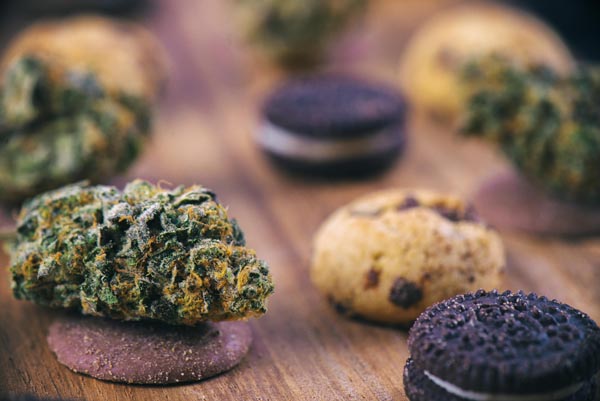
When we “eat” cannabis, the biological pathway that that cannabis initially takes is through the Digestive System, which starts where food enters the mouth and ends where the food comes out the anus.
The majority of the THC is absorbed into the bloodstream via the gut, it then travels through the portal vein to the liver where it is metabolized by enzymes during “the first pass effect.”
At this point no brain receptors have been activated by THC, which is why the “effects” tend to set in much later than inhalation.
This clinical study published in 2016 gives a detailed account of how this occurs.
The study mentioned above references the quote below which effectively explains this process:
From the gut, Δ9-THC is absorbed into the bloodstream and travels via the portal vein to the liver, where it undergoes first-pass metabolism. Here, liver enzymes (primarily the cytochrome P450 system) hydroxylate Δ9-THC to form 11-hydroxytetrahydrocannabinol (11-OH-THC), a potent psychoactive metabolite that readily crosses the blood-brain barrier (Mura, Kintz, Dumestre, Raul, & Hauet, 2005).
Through the method of ingestion, the majority of the Δ9-THC is eliminated or metabolized into the psychoactive THC metabolite hydroxy-THC during “the first-pass,” while some of this hydroxy-THC is also metabolized, creating “carboxy-THC” which is non-psychoactive. When these two metabolites are created, they along with the remaining Δ9-THC travel through the bloodstream and are dispersed throughout the body, including the brain.
Δ9-THC and hydroxy-THC reach the blood-brain barrier at the same time, although hydroxy-THC has been reported by some experts to be 3 to 7 times more effective at activating CB1 receptors cells in the brain than Δ9-THC.
Hydroxy-THC may also pass the blood-brain barrier much more effectively than Δ9-THC and this may be the reason why ingesting cannabis causes such a drastic difference in effects when compared to inhalation or other methods of consumption.
Much more scientific and medical research is needed before we can completely understand how the ingestion process works with THC and other cannabis compounds.
The onset of effects typically occur within 30 to 60 minutes after ingestion, although sometimes the onset of effects begin hours after initial ingestion. The peak “effects” typically last for a few hours, while the entire experience is typically two to three times longer than the average “inhalation experience,” which is usually around 2 - 4 hours.
Many patients attest that they are medicated for up to and over 8 hours after ingesting medical cannabis.
Many factors change when we ingest cannabis, including the onset of effects, the effects in general, the duration of effects, the minimum effective dose and the overall medical efficacy.
Oral administered medical cannabis doses usually range anywhere from 2.5 mg of THC to over 500 mg THC.
So be careful and take it slow.
The potential downsides to ingesting cannabis include:
- Slow onset of effects
- Long peak effects that are difficult to control, especially for inexperienced patients
- Managing doses can be a challenge because everyone reacts differently, making the Minimum Effective Dose (MED) unique to the individual
- The effects can be different in the same person from one day to another
- Oral cannabis products can be expensive to purchase
- It takes some skills to make quality edibles or capsules yourself
To learn more about ingesting cannabis, we invite you to explore the Kanteeva articles, “Edibles - Understanding the Basics” and “Oral Dosages - A Guideline.”
Sublingual - Tinctures & Sprays
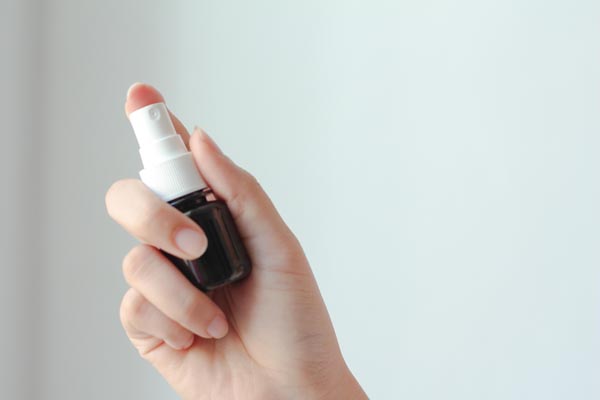
Sublingual administration of medical cannabis is a method where a cannabis product will be consumed under the tongue. Typically, tinctures or sprays with diluted cannabis concentrates are used for this consumption method.
Usually the effects are felt within 10 - 20 minutes because the cannabis compounds avoid the “the first-pass effects” of ingested cannabis, which are caused by the liver, and quickly enter the bloodstream.
The overall effects are similar in nature to inhalation and more consistent than ingestion, making sublingual doses easier to manage and regulate when compared to the ingestion of cannabis.
All you have to do is apply (spray) the sublingual cannabis product under the tongue and the effects will typically be felt within half an hour.
The effects typically last two to three hours and can offer patients a great alternative to smoking or vaporizing cannabis.
The effects of inhalation and sublingual application are very similar in nature, which include the onset, duration and dosage. The major benefit is that patients do not need to smoke or vaporize to reap the medical benefits of cannabis when they need immediate and consistent effects.
Other benefits of sublingual cannabis products include being easy to use, consume and transport, as well as allowing discretion since they do not have a powerful odour.
The downside of sublingual consumption includes:
- Limited strain specific products are available
- Flavour can be strong
- Alcohol tinctures can be harsh on the mouth and even cause sores
- Does not last as long as oral administration
The standard dose is around 5 mg to 10 mg of THC.
Like all cannabis products, start “slow and low” until you understand the effects it produces.
Please note that buccal administration, or absorption through the mucous membranes of the mouth cavity, of cannabis is also becoming popular with patients and there is little if no scientific research done on this method of cannabis consumption. The effects and dosages of buccal application are similar in nature to sublingual administration.
As we find out more we will share it with you!
Transdermal - Creams, Oils, Balms & Salves
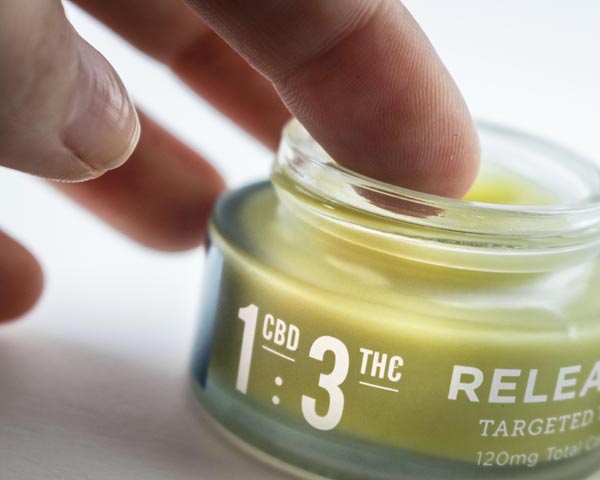
Transdermal delivery of cannabis is how we consume cannabis through our skin or dermis. It is becoming a popular option for many medical cannabis patients, especially those who are suffering from arthritic pain.
Transdermal delivery ensures that the cannabis compounds are not affected by “the first-pass effect” of the liver which can change the cannabinoid compounds through metabolism. It is also a non-invasive delivery method that can be effective long after the cannabis product has been applied.
The effects are normally felt within 20 to 60 minutes and most people attest to having little or no psychological effects, allowing patients the ability to utilize the medicine without the psychoactive “high” associated with THC consumption.
Typical transdermal products include patches, ointentments, poultices and topicals. The standard dose varies greatly from 10 mg to 100 mg of THC.
There is a scarce amount of scientific research available when it comes to the transdermal delivery of cannabis, so until science “catches up” we will have to rely on anecdotal evidence provided by medical cannabis patients over decades.
Many patients attest to having success using transdermal products for symptoms like arthritic pain, muscle pain, joint pain, skin disorders like acne and chronic pain.
The major downside to the transdermal delivery of medical cannabis is that the effects are inconsistent from patient to patient, making it difficult to manage dosages and the effects.
There is much to learn about transdermal cannabis delivery systems and we are excited to learn more as more scientific research is completed.
Suppositories - Anal and Vaginal
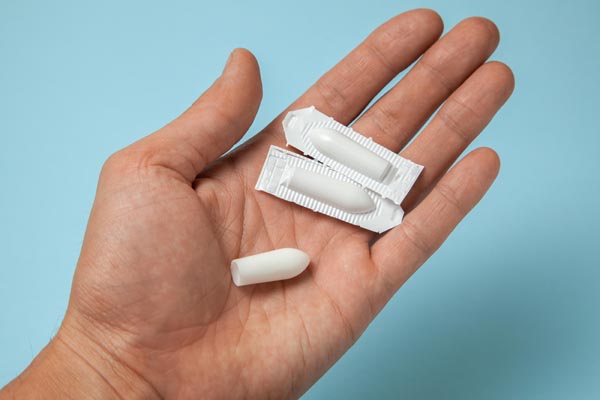
Medical cannabis suppositories, like other medical suppositories, are typically administered via the rectum or the vagina.
These products are made with medicated substances that are usually solid at room temperature and melt at body temperature. Cannabis suppositories will be administered like other medical suppositories.
The onset of effects typically occur between 15 - 60 minutes and cannabis suppositories are reported to have a high absorption rate of over 75% and they bypass the liver so there is no “first-pass metabolism” that occurs.
Patients attest a low dose suppository can deliver potent pain relief that lasts for hours with little or no psychoactive effects.
Little scientific research or anecdotal evidence is available when it comes to the effects and benefits of cannabinoid suppositories.
Nasal Administration
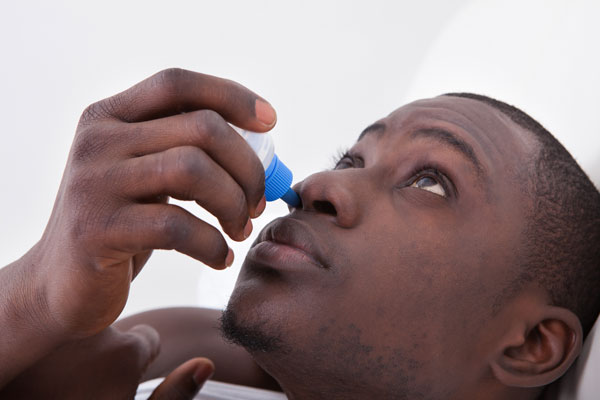
Nasal sprays are relatively new to the medical cannabis industry, therefore only a scarce amount of scientific research and anecdotal evidence is available.
Rapid onset of effects. Typically occurs within 10 minutes and typically lasts from 1 to 3 hours.
Nasal delivery of Cannabinoid Based Medicine, or CBM, may become a popular way to consume medical cannabis in the future because the onset of effects are rapid, like inhalation, yet it may be safer and more effective in some circumstances.
More scientific research is needed before we can share more with you about how nasal administration works and we look forward to learning and sharing this cutting edge research with you!
Takeaways from Our Research
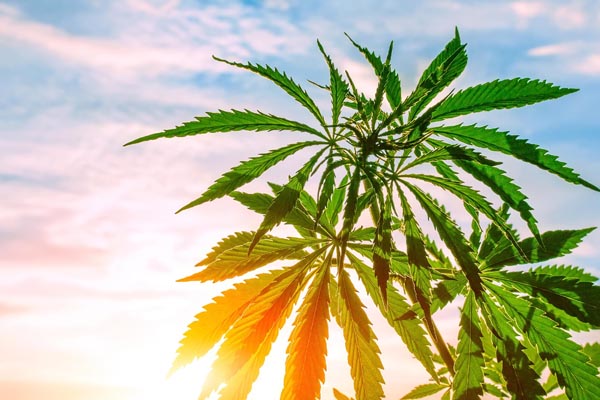
The most popular ways to consume medical cannabis are to smoke, vaporize or ingest.
The other methods are less common, yet they can be beneficial for many patients, ailments and symptoms.
For example, if you were to be diagnosed with osteoarthritis you will most likely want to consider transdermal consumption via a cannabis salve, cream or a concentrate that can be applied to your specific pain points. If you had a gastrointestinal issue you may want to consider oral ingestion and perhaps try using anal suppositories as well.
Since the “science” has not yet caught up with the “medicine,” it is up to us as individuals and as a community to find out what works best and then to leverage this information so others can learn from it.
Once science and culture catch up, we can all learn and heal together.
We Want to Hear From You
We invite you to help us achieve this by joining the Kanteeva community.
To learn more about the best way for you to consume cannabis, we suggest you explore the Kanteeva Ailment Directory. It has been designed to help you better understand how medical cannabis is being applied to specific ailments and their symptoms.
Let us know how you consume your medical cannabis by commenting below. We would love to hear from you.
Learn. Share. Connect.